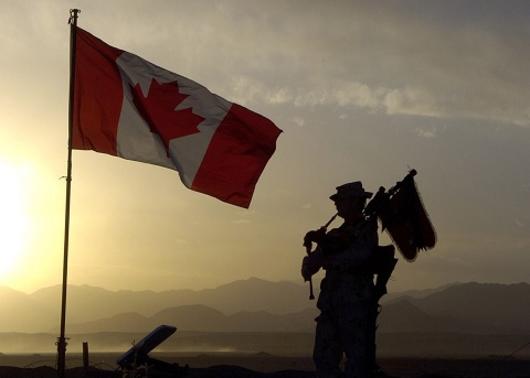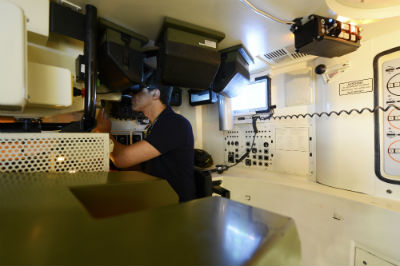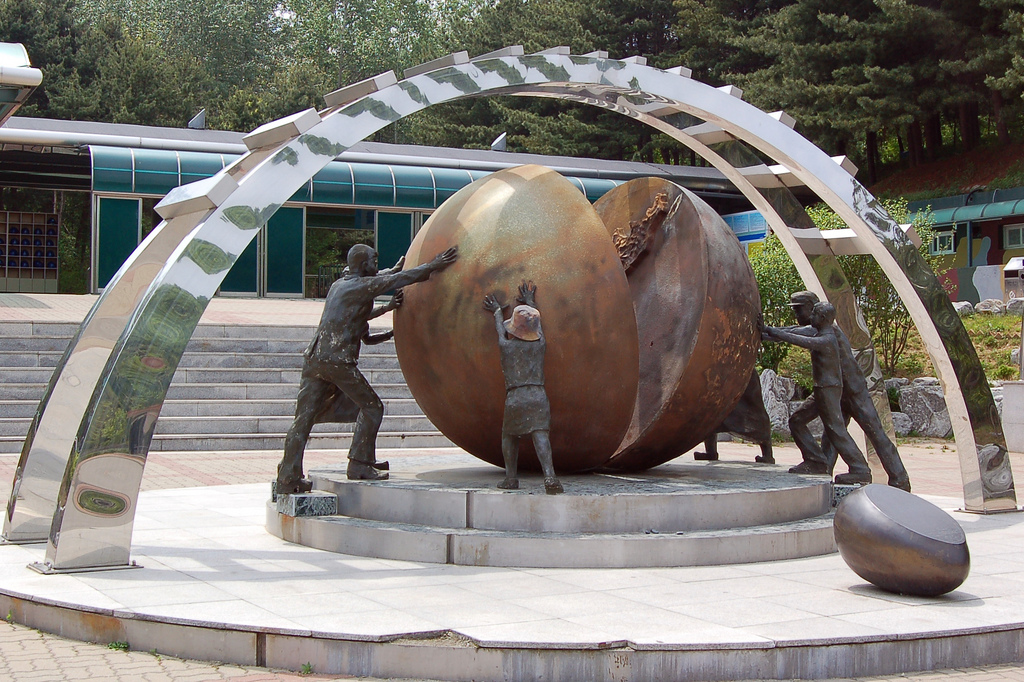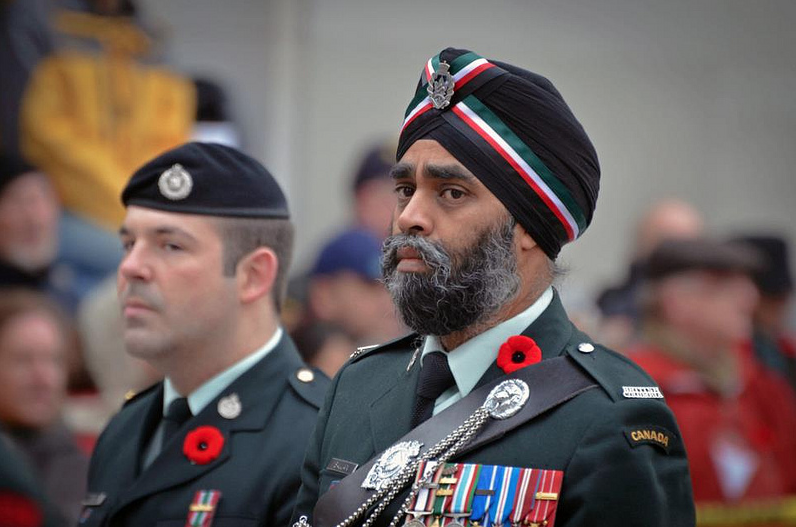On 1st December 2011, the Canadian flag came down from Kandahar for the last time. The decade-long combat mission in Afghanistan came to a close, and the last rotation of troops returned home two weeks later.
During Canada’s military involvement in Afghanistan, the Reserve Force had been heavily involved in enhancing the Regular Force. Every rotation deployed anywhere between 15 to 25 percent of Reservists who have trained for several months to perform at Regular Force standards. As a result, the Canadian Forces saw an increase in the number of Reserve Force personnel volunteering for full-time service in Kandahar. Now that the combat mission is over, there is the challenge of determining the role of veteran Reservists who have experienced full-time active military duty.
Repositioning Tasks
Any soldier returning home from an overseas deployment can experience a variety of hurdles; but Reservists have encountered a few additional challenges following their homecoming from Afghanistan.
Many Class A (part-time) and Class B (temporary full-time) Reservists responded to the extended military operation in Kandahar by transferring to full-time Class C service. In order to backfill for the Regular and Reserve Forces in Afghanistan, a number of Class A Reservists switched to Class B service. Consequently, the number of full-time Reserve personnel in Canada became overwhelming, especially with troops returning home from their final rotation.
[captionpix align=”right” theme=”elegant” width=”300″ imgsrc=”http://natoassociation.ca/wp-content/uploads/2013/08/afg2.jpg” captiontext=””]
In a Transformation 2011 report, Lieutenant-General Andrew Leslie explained that in a time of economic austerity, it is difficult to maintain the estimated 9,000 full-time Reservists. He recommended that half of the Class B and C Reservists remain in their current full-time positions while the remaining half is demobilized. Lieutenant-General Leslie further commented at the Standing Senate Committee on National Security and Defence by saying that Reservists should be given a choice to “go back to part-time service or transfer to the Regular Force or seek other career options.”
Even though there are options available for Reserve veterans, they are not necessarily suited for everyone. These Reservists have experienced intense military activity, and now that they are home, the challenge is no longer present. Some of them may not want the extended commitment of joining the Regular Force, but they do not want to devalue their skills. This leads to the concern of Reservists not being able to maintain their sharp combat-ready abilities upon returning to their former units.
Transfer of Skills
In a subsequent Proceeding of the Standing Senate Committee on National Security and Defence, the future of the Reserve Force’s role was discussed. There was a general agreement on the decision for veteran Reservists to be placed on the armoury floor as instructors. The skills that Reservists have acquired during their mission in Afghanistan can be beneficial to train other Reserve Force members in a flexible readiness program. This would also allow them to consistently practice and maintain their combat skills. Rear-Admiral Jennifer Bennett explained that Reserve veterans are necessary “to help force generate the next generation.”
These decisions are being used to establish a high standard of Reserve Force readiness. The aim is to work towards an upgraded Reserve where its members actively support their communities and the institution in a flexible and rapid-response model. It would appear that the Canadian Forces is trying to steer the Reserves from a strategic mass mobilization model to an operational one, and veteran Reservists get to contribute to those changes.
Reserve Force personnel have contributed significantly in the operational mission in Afghanistan. They worked side-by-side with the Regular Force and acquired the same level of command. There will inevitably be some transitional challenges for returning soldiers from Kandahar, but Reserve veterans can take some comfort in knowing that their skills will not be left at the wayside. The role of the Canadian Reserves after Afghanistan seems more promising than previously anticipated.




